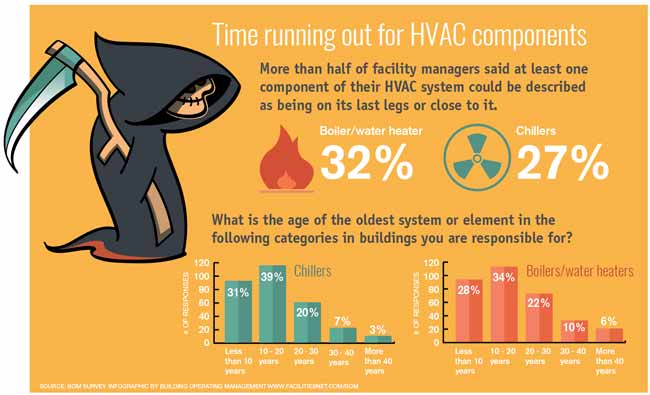Understand How To Maximize The Efficiency And Durability Of Your Heat Pump System By Avoiding Frequent Setup Risks
Understand How To Maximize The Efficiency And Durability Of Your Heat Pump System By Avoiding Frequent Setup Risks
Blog Article
Web Content Create By-Harper Wheeler
When installing a heatpump, you should avoid usual blunders that could threaten its performance. Forgeting correct sizing might result in inadequacies and greater utility expenses. Neglecting insulation and sealing could cause energy waste and pressure on the unit. Furthermore, positioning the exterior device inaccurately may influence its efficiency. By preventing these mistakes, you can make sure optimum functioning and toughness of your heat pump system.
Improper Sizing of Heat Pump
When it pertains to the installation of heat pumps, one of one of the most common errors is incorrectly sizing the unit for your area. Guaranteeing the appropriate dimension is crucial for ideal efficiency. If the heatpump is also small, it will certainly battle to warmth or cool your room efficiently, bring about raised power bills and prospective damage on the system.
On the other hand, if the heatpump is also huge, it will cycle on and off frequently, triggering temperature fluctuations and reducing its life-span.
To prevent this blunder, it's necessary to have an expert examine your room and advise the appropriate dimension of the heatpump based upon factors like square video footage, insulation, ceiling height, and regional climate. By investing the moment and initiative to make sure the proper sizing, you can take pleasure in a comfortable setting while making best use of power performance and lengthening the life-span of your heat pump.
Inadequate Insulation and Sealing
To make sure the efficient operation of your heatpump, it's essential to resolve insufficient insulation and sealing in your room. Appropriate insulation aids maintain a constant temperature level indoors, minimizing the workload on your heat pump. Inadequate insulation can bring about energy loss, making your heatpump job harder and less efficiently.
Sealing any type of voids or leakages in your space is just as important. These spaces permit conditioned air to run away and outdoor air to permeate in, forcing your heat pump to compensate for the temperature changes.
Wrong Positioning of Outdoor Device
Attending to the positioning of your heat pump's outside unit is essential to maximizing its performance. Setting up https://commercial-service-agreem77776.eedblog.com/31265948/assessing-air-source-and-ground-resource-heat-pumps-discovering-the-right-fit-for-your-demands in a wrong location can result in performance problems and possible damage to the device.
One common mistake to avoid is placing the outside system too near a wall or various other structures. This can restrict air flow, causing the system to function more difficult to warmth or cool your space, eventually reducing its efficiency and lifespan.
Another mistake to stay away from is putting the outdoor device in straight sunlight. While some sunlight is inescapable, too much direct exposure can cause getting too hot, particularly throughout hot summertime days. It's best to position the exterior system in a shaded location to assist preserve its optimal operating temperature.
Additionally, ensure that the outdoor device is placed on a secure and level surface. web page can cause vibrations and unnecessary pressure on the system, influencing its performance with time.
Verdict
To conclude, avoiding typical mistakes during heatpump installment is important for making the most of effectiveness and long life of your system. By ensuring proper sizing, adequate insulation, securing, and correct positioning of the outside unit, you can protect against issues such as inefficiencies, increased power costs, and stress on the unit. Making the effort to resolve these key aspects will inevitably save you time and money in the long run.
